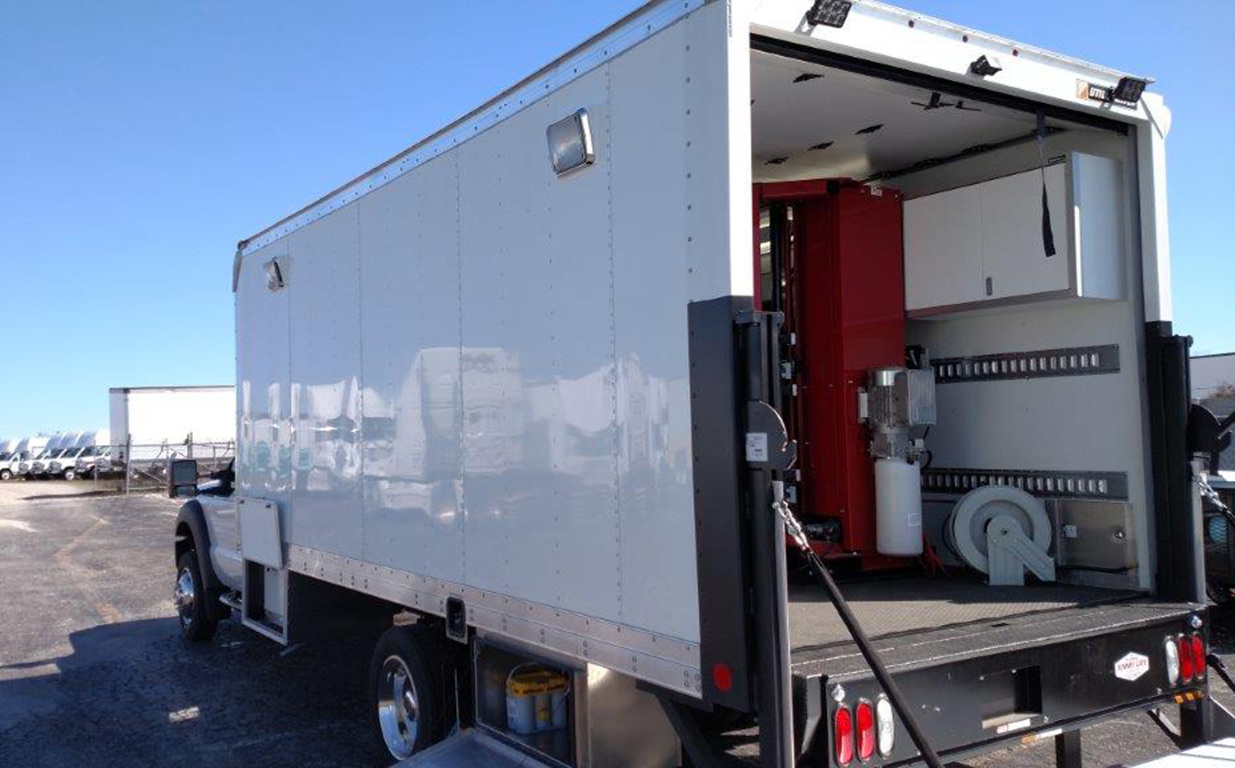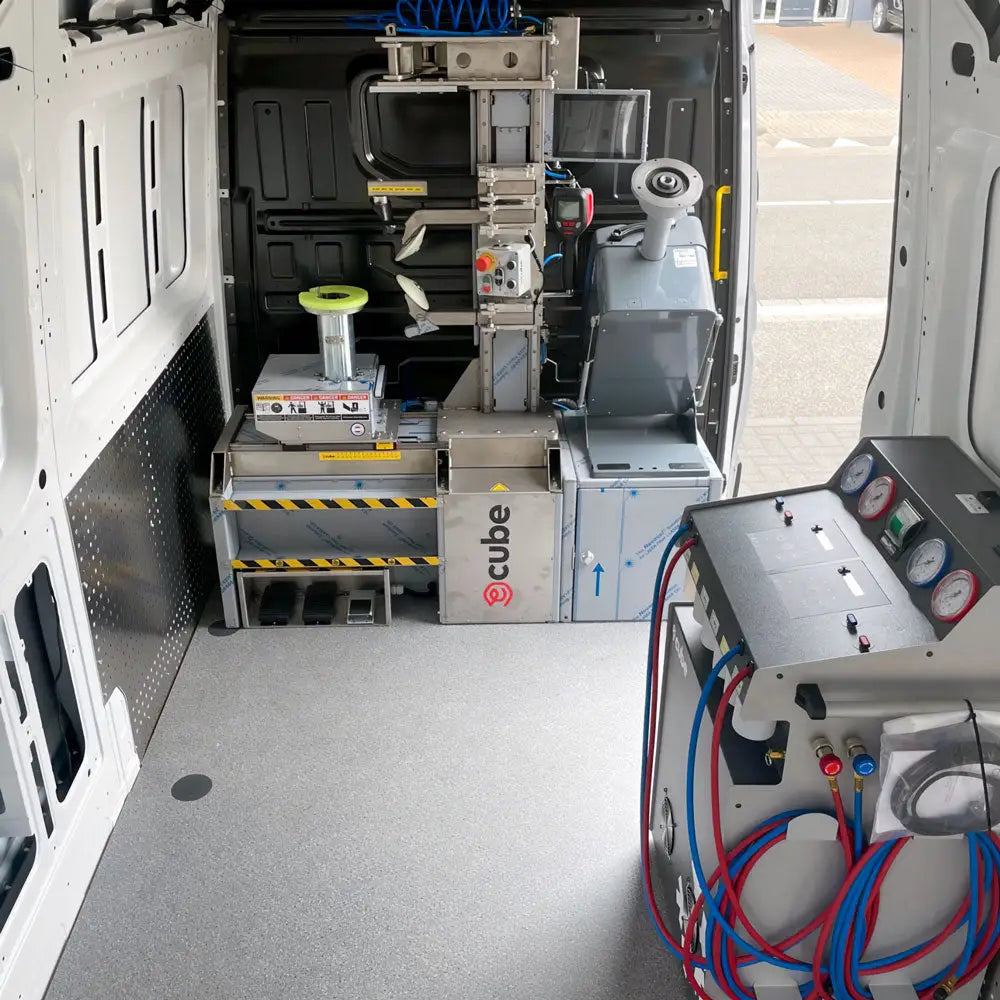Reliable Mobile Tire Change and Replacement in Las Vegas
Reliable Mobile Tire Change and Replacement in Las Vegas
Blog Article
Tire Solution: Proven Methods for Ideal Tire Maintenance and Care
Maintaining ideal tire problem is vital for both safety and efficiency of any kind of car. From ensuring correct tire pressure to routine rotation and positioning, there are tried and tested methods that can significantly prolong the life-span of your tires and enhance general driving experience. As we discover the complexities of tire treatment and maintenance, we will certainly uncover essential standards that every automobile owner need to stick to for the finest feasible outcomes. Allow's explore the world of tire solution and discover the tricks to maintaining your tires in superior form for the long run.
Significance of Tire Pressure
Appropriate tire stress promotes much better gas efficiency, as under-inflated tires can lead to enhanced rolling resistance, creating the engine to work more challenging and eat more fuel. Correct tire pressure makes certain also tread wear, boosting tire durability and saving cash in the lengthy run by delaying the need for early substitutes. On a regular basis adjusting and examining tire stress, especially previously lengthy trips, is a straightforward yet effective method to improve automobile efficiency, expand tire lifespan, and prioritize safety on the road.
Tire Rotation Guidelines
When thinking about tire turning standards, it is necessary to understand the importance of this maintenance task in maximizing tire lifespan and maintaining optimal vehicle performance. Tire rotation entails transforming the placement of each tire on a lorry to ensure also step wear. Front tires often tend to put on quicker than back tires because of steering forces, making normal turning critical for well balanced wear patterns. The recommended turning pattern differs depending upon whether a car is front-wheel, rear-wheel, all-wheel, or four-wheel drive. Generally, tires must be turned every 5,000 to 7,500 miles, or as recommended in the vehicle guidebook. Disregarding tire turning can result in uneven wear, influencing handling, grip, and potentially compromising vehicle safety and security. By sticking to proper turning standards, chauffeurs can extend the life of their tires, boost fuel efficiency, and boost general driving experience. Regular turning is an easy yet effective upkeep practice that adds substantially to tire longevity and lorry performance.

Advantages of Wheel Alignment
Guaranteeing correct wheel placement after tire rotation is important for keeping balanced wear patterns and optimizing vehicle performance. Wheel positioning describes the change of the angles of the wheels to the manufacturer's specifications. One of the vital advantages of wheel alignment is improved dealing with and guiding feedback. When the wheels are properly aligned, it decreases steering effort, making sure a smoother and a lot more regulated driving experience. In addition, proper wheel placement aids to expand the life expectancy of your tires. Misaligned wheels can create irregular tire wear, bring about early tire substitute and enhanced maintenance Going Here costs.

Tire Footstep Depth Inspect
Executing a regular assessment of tire step depth is vital for keeping secure driving conditions and extending the life expectancy of your tires. The step on your tires plays an essential function in giving grip, especially in wet or unsafe problems. To examine your tire tread depth, you can use a walk deepness scale or the dime test. The recommended walk depth is at the very least 2/32 of an inch. If the walk deepness is listed below this limit, it is time to change your tires to ensure optimum efficiency and safety and security when traveling. Irregular step wear can show concerns with tire stress, suspension, or positioning, highlighting the relevance of normal walk depth checks. Overlooking to keep track of and maintain proper step deepness can cause minimized hold, longer braking ranges, and a raised threat of hydroplaning. By integrating tire tread depth look into your regular maintenance schedule, you can drive with self-confidence recognizing that your tires are in top problem.
Seasonal Tire Examination
A detailed analysis of tire problem customized to certain weather is crucial for preserving optimal performance and safety and security throughout the year. Seasonal tire evaluation is a basic aspect of tire upkeep that ensures tires are prepared to encounter the difficulties postured by different weather condition problems. To prepare for wintertime, it is necessary to inspect the tire stress frequently as cool temperature levels can cause tire pressure to go down. Inspecting tire tread depth is additionally crucial to ensure sufficient grip on snow and frozen roadways. Additionally, checking for indications of damage, such as bulges or fractures, can assist stop possible tire failings. As the seasons change, it is essential to examine tire problem and make any kind of necessary adjustments to guarantee safe driving. By carrying out routine seasonal tire informative post examinations, vehicle drivers can prolong tire lifespan, enhance fuel efficiency, and most importantly, guarantee a protected driving experience in varying weather condition conditions - Mobile Tire Repair Las Vegas.
Conclusion
Finally, preserving proper tire stress, turning tires routinely, aligning wheels appropriately, checking walk deepness, and carrying out seasonal evaluations are crucial techniques for optimal tire treatment. By complying with these confirmed techniques, chauffeurs can guarantee their tires last longer, carry out far better, and contribute to total car safety. It is necessary to prioritize tire maintenance to prevent mishaps, boost fuel performance, and prolong the life-span of tires.
Sufficient tire stress advertises better gas performance, as under-inflated tires can lead to enhanced rolling resistance, creating the engine to work more challenging and eat more fuel.When taking into consideration tire rotation guidelines, it is crucial to understand the value of this upkeep task in optimizing tire lifespan and maintaining ideal lorry efficiency. Seasonal tire evaluation is an essential facet of tire upkeep that ensures tires are ready to deal with the obstacles postured by different weather conditions. By carrying out regular seasonal tire examinations, vehicle drivers can prolong tire lifespan, enhance fuel efficiency, and most significantly, guarantee a safe driving experience in differing weather condition problems.
In verdict, keeping correct tire pressure, revolving tires frequently, aligning wheels appropriately, monitoring walk depth, and performing seasonal evaluations are vital practices for optimum tire care.
Report this page